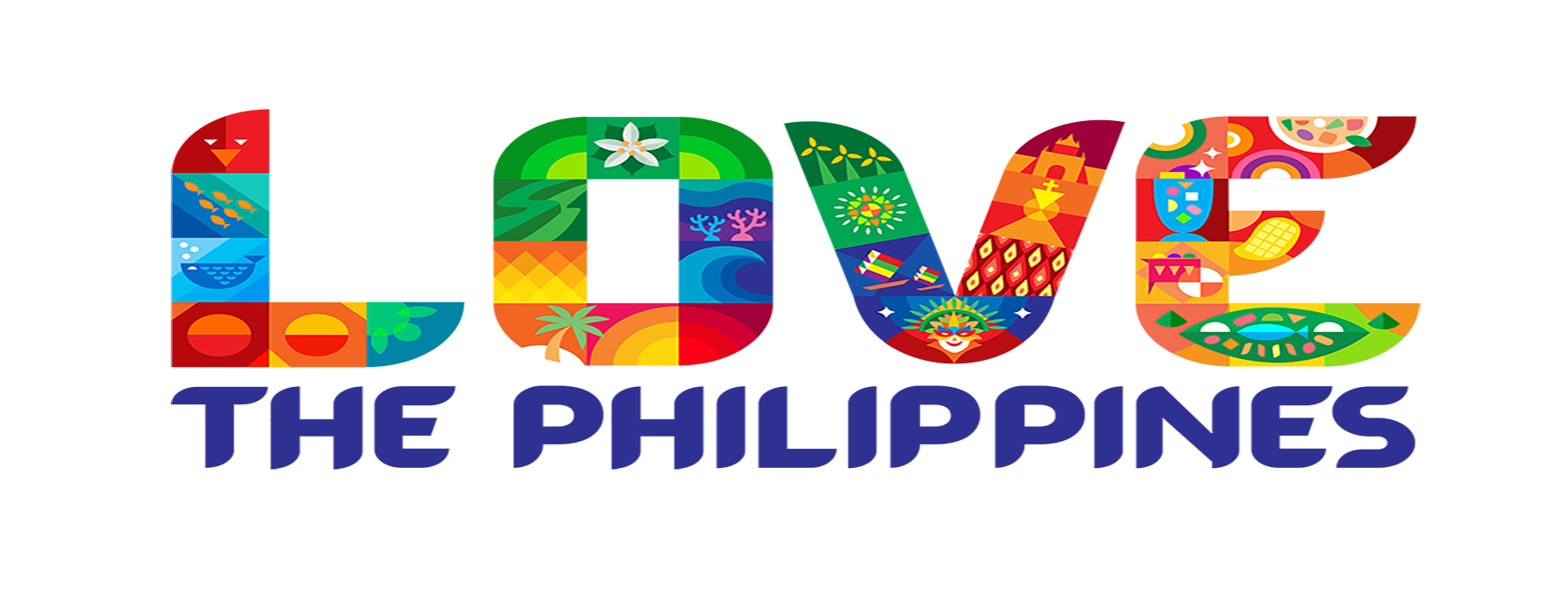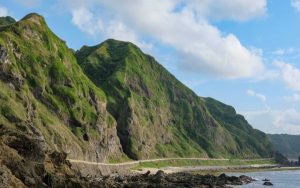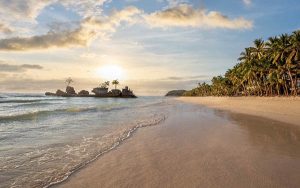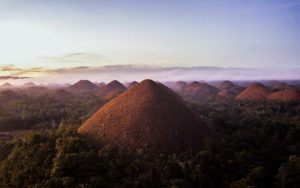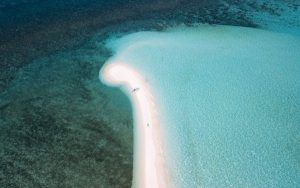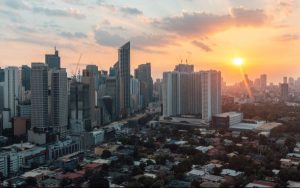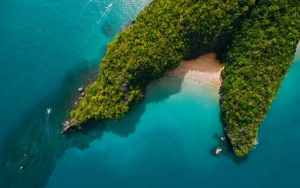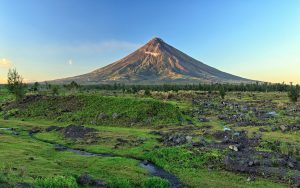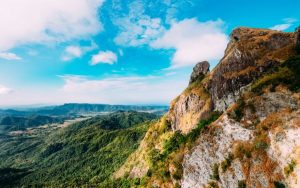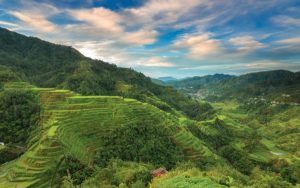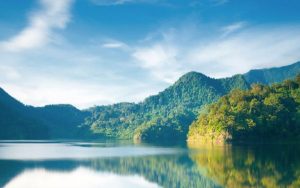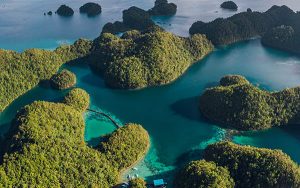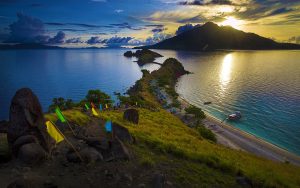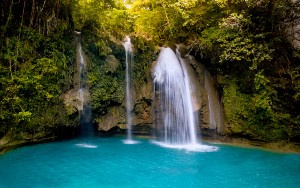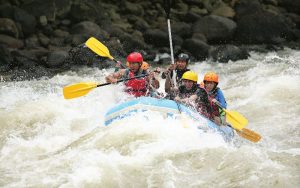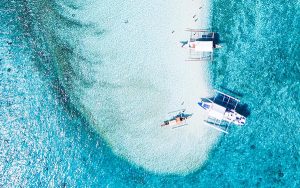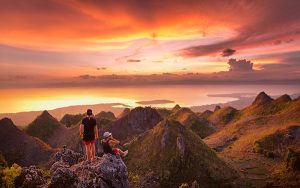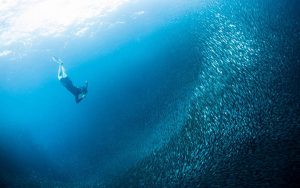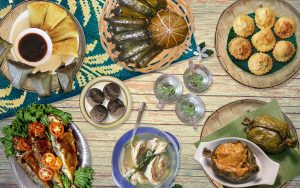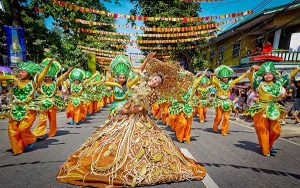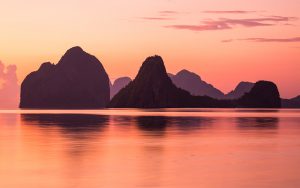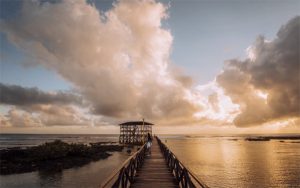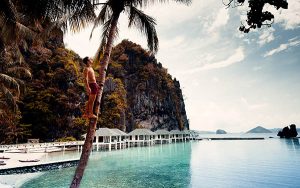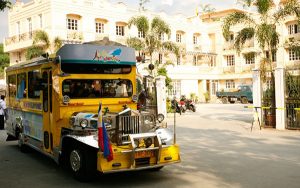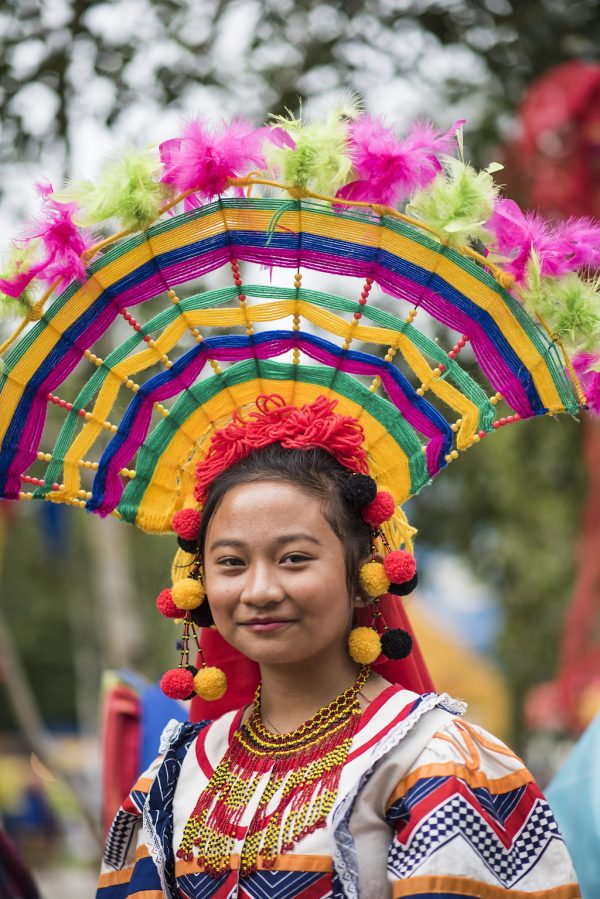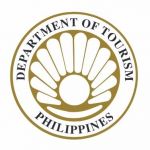About the Philippines
Mabuhay! Welcome to our archipelago of 7,641 islands where there are endless beaches, lively and fashionable cities, smouldering volcanoes, and underwater wonderlands waiting to be discovered. Plan Your TripAll you need to know about the Philippines
The Philippines is located east of Vietnam and north of Indonesia and is composed of 7,641 islands which can be divided into three main island groups: Luzon, Visayas and Mindanao. Some islands have become bustling cosmopolitan cities, such as the capital Manila, Cebu and Davao. While others such as Siargao and Leyte are more remote and tropical, offering something for every type of traveller.
When it comes to natural beauty, the Philippines is the place to be. With our extensive mountain ranges, most-diverse reef system, 600 species of birds and coastline of more than 15,000 kilometres, there is plenty to explore.
Filipinos are predominantly of Malay stock with a sprinkling of Chinese, Spanish and Arab blood. More than 100 cultural minority groups are scattered throughout the country. Today, the Philippines is the third-largest English-speaking country in the world and was dubbed to be one of the world’s friendliest cities by Forbes magazine.
Plan your trip
Weather & Climate
The climate of the Philippines is subtropical and has two seasons; the rainy season, from June to November and the dry season, from December to May.
Our dry season is then further subdivided into the ‘cool dry season’ from December to February – this is the Philippines ‘winter’ and perfect for those wanting to travel in a cooler climate.The average temperature is around 22℃ to 28℃, with little precipitation and sunny and dry weather.
And the ‘hot dry season’ from March to May – this is the Philippines ‘summer’ where you can expect it to reach temperatures of about 40℃ in the midday of May.
Language
Filipino is the national language of the Philippines. However, English is widely used throughout and has become one of the official languages of the country – so don’t be shy to start a conversation!
You will also discover regional languages as you travel the different islands and destinations.
Currency & Money Matters
The currency of the Philippines is Peso (PHP) and goes a long way when exchanging Pounds to Pesos.
Foreign currency may be exchanged at most hotels, and in most of the large department stores, banks and authorized money changing shops.
When paying a tip, 10% of the total bill is usual practice. Check to see if the bill already includes a service charge as in these cases, tipping is optional.
Power Outlet
The most commonly used electric plug in the Philippines is the two-pin, Type A electrical plug (220V/60hz). This is different from what is commonly used in the UK.
More travel info
For more general information on travel to and around the Philippine Islands, visit our travel information section:
Maps, travel tips, information on visas, working holidays and health and safety.
Why it’s more fun in The Philippines
There are thousands of reasons to visit the Philippines. It may be famous for its powder-white sands, turquoise waters and stunning coral reefs, but there’s so much more to discover on the 7,641 islands in this magical corner of the world.
Powder-white sands
Look past the outstanding diving or dream beaches and you’ll find a land of unique culture and contradictions. Discover lush green rice fields, lively and fashionable cities, simmering volcanoes, amazing underground rivers and caves, the most wonderful wildlife and most importantly – friendly and fun-loving people.
Mayon Volcano, Bicol
Whether you’re looking for water sports, a slice of culture or just fancy lazing on a beautiful beach – the Philippines truly is the best value-for-money destination that has something for every traveller.
Travel inspiration via Instagram
Awe-inspiring pictures to feed your inner wanderlust.
